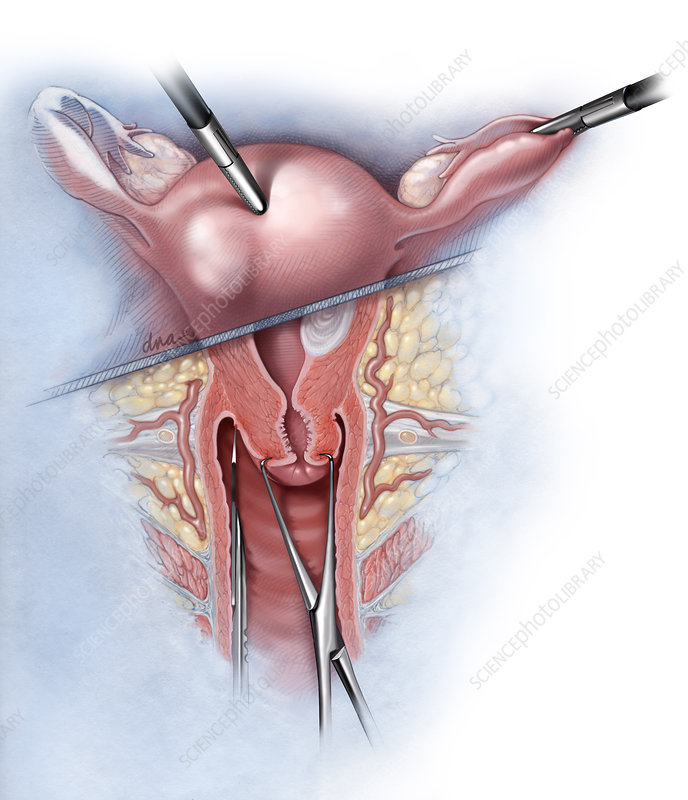Back
Why You Should See a Pelvic Floor Therapist Following a Hysterectomy
By Dr. Christine Martirez PT, DPT on 8/6/2024

Undergoing a hysterectomy is a significant medical procedure that involves the surgical removal of the uterus. This operation, while often necessary for various health conditions, can have a considerable impact on the pelvic floor and overall well-being. Pelvic floor physical therapy can play a crucial role in your recovery process, helping to manage and alleviate common post-surgery issues. In this blog post, we’ll explore the anatomy of a hysterectomy, the potential pelvic floor issues that can arise, and how pelvic floor therapy can help you recover effectively.
Anatomy of a Hysterectomy
A hysterectomy can be performed using different surgical approaches, each with specific anatomical implications:
Total Hysterectomy:
This involves the removal of the entire uterus, including the cervix.
Subtotal (Partial) Hysterectomy:
This involves the removal of the upper part of the uterus while leaving the cervix intact.
Radical Hysterectomy:
This procedure includes the removal of the uterus, cervix, part of the vagina, and surrounding tissues, often performed for cancer treatment.
Hysterectomy with Salpingo-Oophorectomy:
This involves the removal of the uterus along with one or both ovaries and fallopian tubes.
The surgery can be carried out through different methods:
Abdominal Hysterectomy:
Through an incision in the abdomen.
Vaginal Hysterectomy:
Through the vagina.
Laparoscopic Hysterectomy:
Using small incisions and a camera to guide the surgery, which is minimally invasive.
Pelvic Floor Issues After a Hysterectomy
Following a hysterectomy, several pelvic floor issues may arise due to the changes in pelvic anatomy and the healing process. Some of the most common problems include:
Pelvic Pain:
The surgical removal of the uterus can cause scar tissue formation and changes in the pelvic floor muscles, leading to discomfort or pain in the pelvic region.
Urinary Incontinence:
The removal of the uterus can affect the support structures of the bladder, leading to stress urinary incontinence or an overactive bladder.
Constipation:
Changes in the pelvic floor muscles and altered bowel habits post-surgery can lead to constipation and difficulty with bowel movements.
How Pelvic Floor Physical Therapy Can Help
Pelvic floor physical therapy offers a range of interventions tailored to address the specific challenges faced during recovery from a hysterectomy:
Comprehensive Assessment:
A pelvic floor physical therapist will conduct a thorough evaluation of your pelvic floor function, posture, and overall physical condition. This assessment includes reviewing your medical history, surgery details, and current symptoms.
Pain Management:
Manual Therapy:
Techniques such as myofascial release, trigger point therapy, and soft tissue mobilization can help reduce scar tissue adhesions and alleviate pelvic pain.
Modalities:
Use of thermotherapy, cryotherapy, electrical stimulation, and other modalities to reduce pain and promote healing.
Strengthening and Rehabilitation:
Pelvic Floor Exercises:
Customized exercises to strengthen and relax the pelvic floor muscles, improving their function and reducing symptoms of incontinence and pain.
Core Stabilization:
Exercises to strengthen the core muscles, which support the pelvic floor and improve overall stability.
Bladder and Bowel Management:
Bladder Retraining:
Techniques to help regain control over bladder function, reducing urgency and frequency issues.
Bowel Management:
Strategies to improve bowel habits and alleviate constipation, including dietary recommendations and bowel re-education techniques.
Education and Lifestyle Modifications:
Postural Training:
Guidance on maintaining proper posture to reduce strain on the pelvic floor and support recovery.
Activity Modifications:
Advice on safe ways to return to daily activities and exercises, ensuring a gradual and safe return to normalcy.
Self-Care Techniques:
Education on self-massage, relaxation techniques, and pelvic floor awareness to empower you in your recovery journey.
Recovering from a hysterectomy involves addressing the significant changes and challenges that your body undergoes. Pelvic floor physical therapy provides a holistic and effective approach to manage and alleviate post-surgery issues such as pelvic pain, urinary incontinence, and constipation. By focusing on personalized assessments, targeted exercises, pain management, and lifestyle modifications, pelvic floor therapy can help you achieve a smoother and more comfortable recovery. If you are recovering from a hysterectomy, consider consulting one of our pelvic floor physical therapists to develop a tailored plan that supports your unique needs and promotes optimal recovery.
Read More:
How Chronic Pelvic Congestion in Men Contributes to Prostatitis By Shannon Strauch, PTA, STMT-1 on 12/11/2024 How lymphatic issues can cause symptoms of prostatitis Prostatitis and Tight Pelvic Floor Muscles: A Comprehensive Guide By Shannon Strauch, PTA, STMT-1 on 12/10/2024 How a tight pelvic floor can be the reason for prostatitis symptoms
Are you ready to live pain free?
Request An Appointment